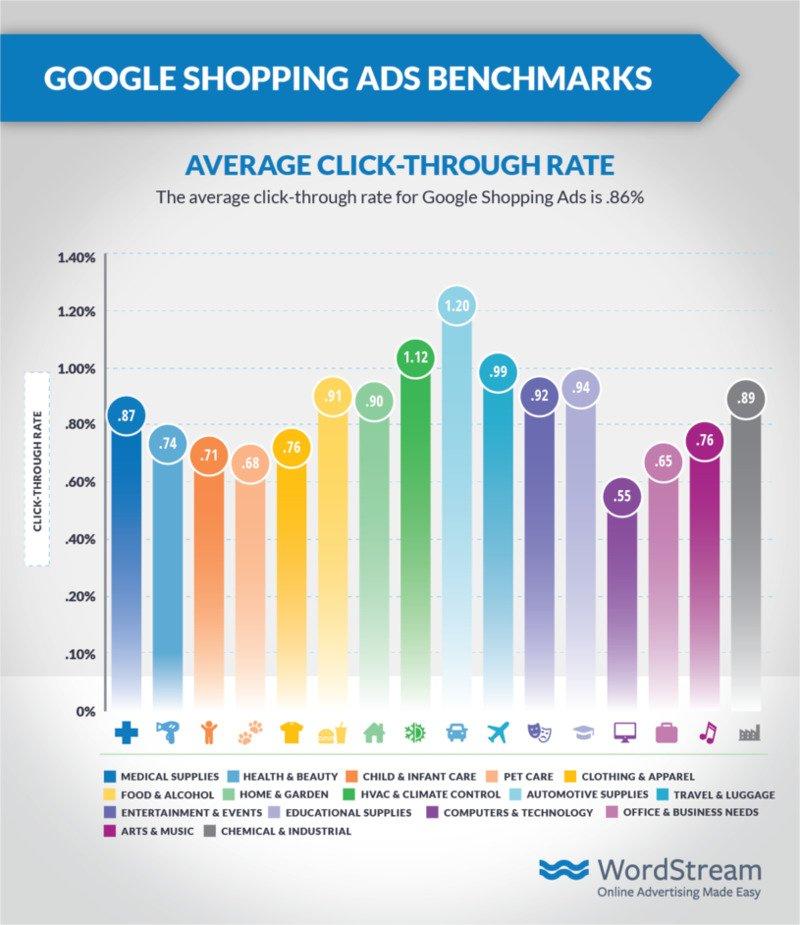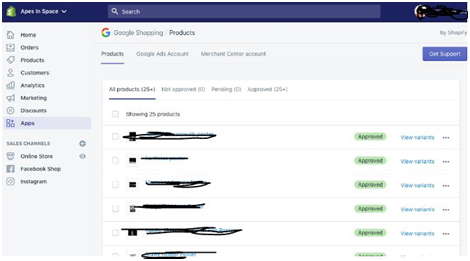
What is Google Shopping?
The answer is quite simple.
Search any of your favorite products over Google.
Let’s say you search for leather coats on Google Search.

You will see that the images of the leather coats along with prices and rates appearing on the top right-hand side of the screen on Google Search.
These images are nothing but the shopping ads of Google Shopping. You will reach online sites as you click on these product images.
You must have got a hint of what is Google Shopping and how it works.
This definition of Google Shopping helps you understand it better—
Also known as Product Listing Ads or PLAs, Google Shopping is a service by Google. It lets the customers or users search, video, and compare products.
But it is NOT AN ONLINE SHOP, but a Comparison Shopping Engine to display each product’s retailer and price.
When you search for leather coats over Google, it shows you the leather coats along with their prices from different websites like eBay, Amazon, and Flipkart.
It is the part of Google AdWords to let online merchants promote their products over the Internet. Unlike text-based Google ads, Google Shopping utilizes product data submitted by e-commerce sites to show Google Shopping ads as well as gives a visual touch to the ads.
Launched in 2002 as Froogle, it was shifted to a paid advertising model in 2012 where e-commerce sites or retailers had to pay to be showing up in the Google Shopping search results.
What are the Benefits of Using Google Shopping?
The key reason to use Google Shopping is that it is a service of Google, the largest and the most powerful search engine in the world.
Google Shopping shows the results when a user searches for a product. And most users are likely to click those thumbnails of a product.
This simply means that the users will reach the linked website.
That’s why Google Shopping is one of the important ways to get traffic to your eCommerce website. In one study, Google Shopping accounts for over 70% click share.
By this point, you must be wondering how to get your online shopping sites or products listed to Google Shopping. Well, the next section will guide you on that.
How to Set up Google Shopping Account and Campaign?
Make sure you have accounts for Google Ads, Google Merchant Centre, and Google Analytics to set up your Google Shopping Account and campaign.
If you don’t have any or all of these accounts, visit these links to create them now:
- Click Here to Create Your Google Merchant Centre Account
- Click Here to Create Your Google Ads Account
- Click Here to Create Your Google Analytics Account
Once you are done with having accounts on all these three services, here are the steps to set up your Google Shopping Account and Campaign.
Link Merchant Center to Google Ads:
You have to connect your Merchant Centre to Google Ads. Google Merchant Centre provides your product information (feed like price, color, and other info) while Google Adwords lets users see your products. That’s why you need to link the Merchant Center account with Google Ad account.

Source: ShoppingFeeder
All you need to follow the simple steps given below:
- Log in to Google Merchant Center Account.
- Click Account Linking from the three vertical dots on the top right-hand corner.
- Click Link Account to feed your Google AdWords 10-digit Google Ads ID. Make sure to log in with an email ID that is registered with both Merchant Center and Google Ads.
- Sign into Your Google Ads Account to Views the Merchant Center Request in Notifications
- Approve It.
- Once you are done with it, your AdWords account will be linked.
 Source: ShoppingFeeder
Source: ShoppingFeeder
Launch Your Google Shopping Campaign:
Not that your Google AdWords account is linked, it’s time to create a Google Shopping campaign to promote your products.
And there are two ways to do it.
- The first one is to create Google Shopping Campaign through your Google Merchant Center account. After you connect your Google AdWords account via the Account linking page, you can get access to it from the same place. From there, click Create Shopping Campaign. Afterward, insert the campaign name, country of sale, and budget. Click “Create” and you can manage your campaign through Google AdWords.
- The second option is to use Google Adwords. Access your Google Adwords account and open the Campaigns tab on the left-hand side menu, click the blue “+” symbol and choose New Campaign.

From here, you have to meet the following requirements given below:
- Campaign Name
- Select the Merchant Center Account
- Choose the Country of Sale
- Inventory Filter (to limit the number of products in the campaign)
- Choose the Bidding.
- Daily Budget
- Campaign Priority (for promoting the same product in multiple campaigns for the same nation of sale.)
- Networks
- Devices (choose the ad displaying platform—mobile and computers)
- Locations (for limit your ads to specific locations)
- Local Inventory Ads (use this to include local store products in your campaign.)
- Save and Continue
- Choose From Product Shopping ad and Showcase Shopping Ad
- Enter information for your first ad group and SAVE it.
- On the product groups page, check out the “All Products” section that contains all products being included in the campaign. You can create more product groups for more focused bidding.
Congratulations! Your campaign has been sent to Google! Keep your fingers crossed to see your products in the results of Google Shopping whenever your customers search for them.
Important Things to Keep in Mind for Google Shopping Campaign Budget:
Set a budget that can support your campaign. Google is less likely to display your ad if it finds out that even fewer clicks can eat up your budget. For example, your average bid is $2 and your daily budget is only $7. This is called Standard delivery.
Accelerated delivery shows your ads more often to spend your budget more quickly. However, it is the recommended option to show your ads as quickly as possible. Make sure to set a campaign priority so Google can find out which bill will be utilized.

Google Analytics:
Google Analytics helps keep track of your marketing campaigns associated with Google Shopping. For that, link your Google Analytics with Google Ad.
Feed Creation for WordPress and Shopify:
Google Shopping relies on your product feed that includes your product data, images, and prices. As I have told you before, Google Merchant is a great way to showcase your product feed to Google. You need to work on your feeds to get good results from Google Shopping.
The feed can be presented in two formats: Plaint Text and XML (containing images and other details.)
While you can create a feed manually using a spreadsheet on Google Merchant, a plugin or extension just automates the process. They pull the data from the site and present it to Google.
Here are two important plugins for WordPress and Shopify you can use to automate the extracting of data.
- WooCommerce Google Product Feed extension for WordPress WooCommerce sites
- Google Channel App for Shopify

Is it Worth Spending on Google Shopping? A Case Study
Google Shopping can improve traffic and exposure of your products over the Internet. If you are not sure if Google Shopping is the right investment for your campaign, here is a case study of a boutique store to go through.
This boutique was an online store selling the clothes of various fashion brands.
(The brand name hasn’t been published for privacy reasons.)
Their key challenge was to get on the top amid stiff competition. Top of that, the cost per sale was too high.
Strategies Used By Them:
- Creating Product Feeds
- Ongoing Optimization to Adapt to Reflecting Seasonal Fashion.
- Managing Bids and Budget
- Creating Separate Campaign for Trending Fashion Products.
Results They Received:
- Improved Visits by 24%!
- Lower CPC by 14%!
- The conversion Rate Increased by 28%!
- Average Order Value Improved by 40%
Bottom Line:
Google Shopping can help you increase the sales of your online store. All you need to use the right feed that includes description, keywords, and images; right budget, and time optimization. But it won’t bring you overnight success. Have patience and do the right things to see significant results in the long run.
What do you think? Let us know by commenting below!

Started working as a digital marketing expert, Varun Sharma is now also a well-known digital marketing speaker – a speaker on performance development, and a trusted mentor to businesses in the digital world. His keynote expositions are based on the digital marketing theories, which provide a fascinating insight into the secrets of high performance.

